What is a common mistake that indie game developers make when creating their first game (or subsequent games)? 🎮
 Daniel Parente
Daniel ParenteTable of contents
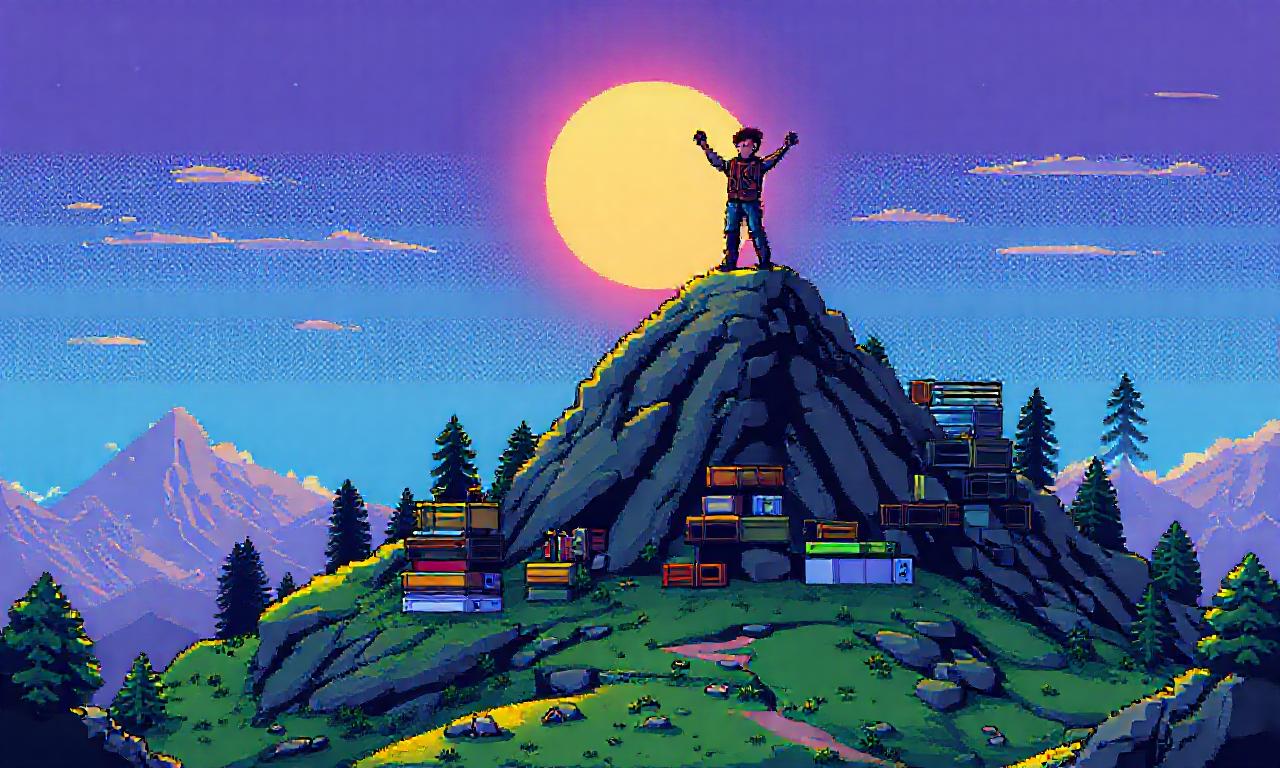
Creating an indie game can be an exhilarating journey filled with creativity and passion. However it’s also fraught with challenges that can trip up even the most enthusiastic developers. Whether you’re crafting your first game or your tenth understanding common pitfalls can make the difference between a successful launch and a disappointing flop.
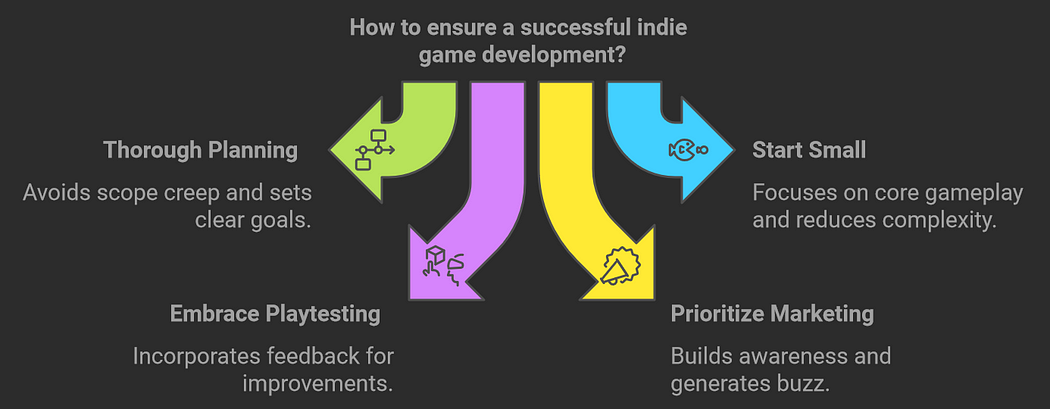
Article Key Takeaways
Plan thoroughly before diving into development
Start small and focus on core gameplay
Embrace playtesting and community feedback
Don’t neglect marketing and promotion
Learn from mistakes and iterate constantly
Let’s dive into the world of indie game development and explore the mistakes that frequently derail projects — and more importantly how to sidestep them.

The Siren Song of Overambition
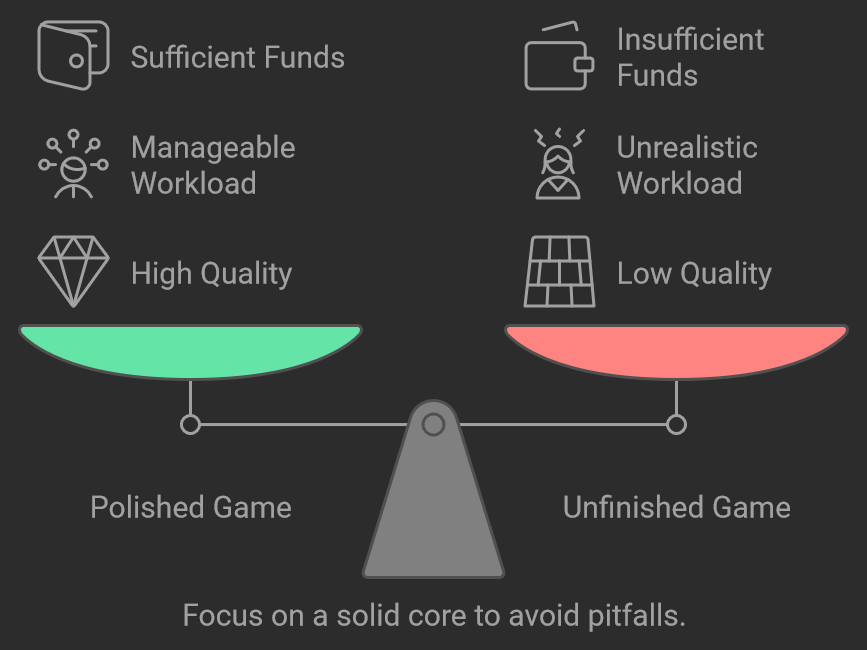
Dreams vs. Reality
You’ve got a vision of an epic open-world RPG with groundbreaking AI and photo-realistic graphics. It’s gonna revolutionize gaming! But hold up — can your small team (or just you) actually pull it off?
One of the most pervasive mistakes indie devs make is biting off more than they can chew. Overambition and scope creep can quickly turn a passion project into a never-ending nightmare.
The Dangers of Dream Projects
Burnout from unrealistic workloads
Running out of funds before completion
Losing motivation as progress crawls
Releasing an unfinished or buggy product
Instead of aiming for the stars right out the gate focus on creating a solid core gameplay loop. Start small, polish it to a shine and build from there. Remember — Minecraft began as a simple block-placing game!
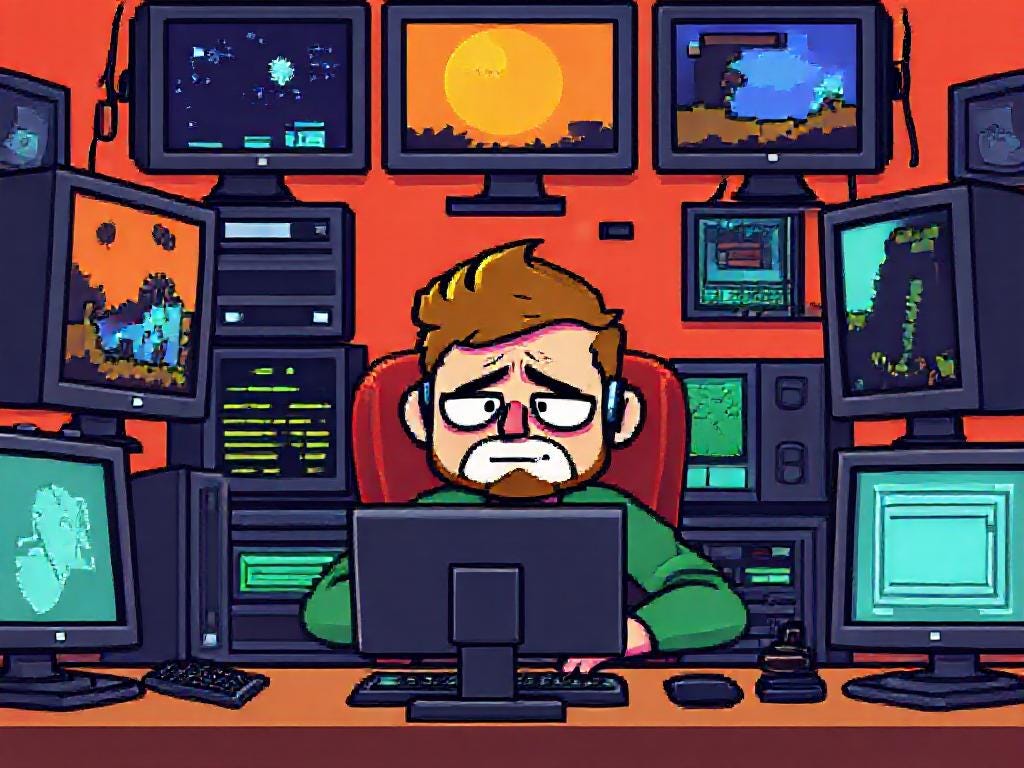
Planning: The Foundation of Success
Fail to Plan Plan to Fail
Benjamin Franklin wisely said, “By failing to prepare, you are preparing to fail.” This rings especially true in game development. Jumping headfirst into coding without a clear roadmap is a recipe for disaster.
Essential Planning Steps
Define your core concept and gameplay loop
Create a realistic timeline and budget
Outline key milestones and features
Identify potential risks and challenges
Proper planning helps you stay focused, manage resources efficiently and avoid the dreaded “feature creep” that can bloat your project beyond recognition.
Documentation: Your Future Self Will Thank You
As your project grows, keeping track of every design decision, asset and line of code becomes increasingly challenging. Maintaining thorough documentation might seem tedious but it’s a lifesaver when you’re knee-deep in development.
Consider using project management tools like Trello, Asana or Jira to organize tasks and track progress. These tools can help keep your team (even if it’s just you) aligned and on schedule.
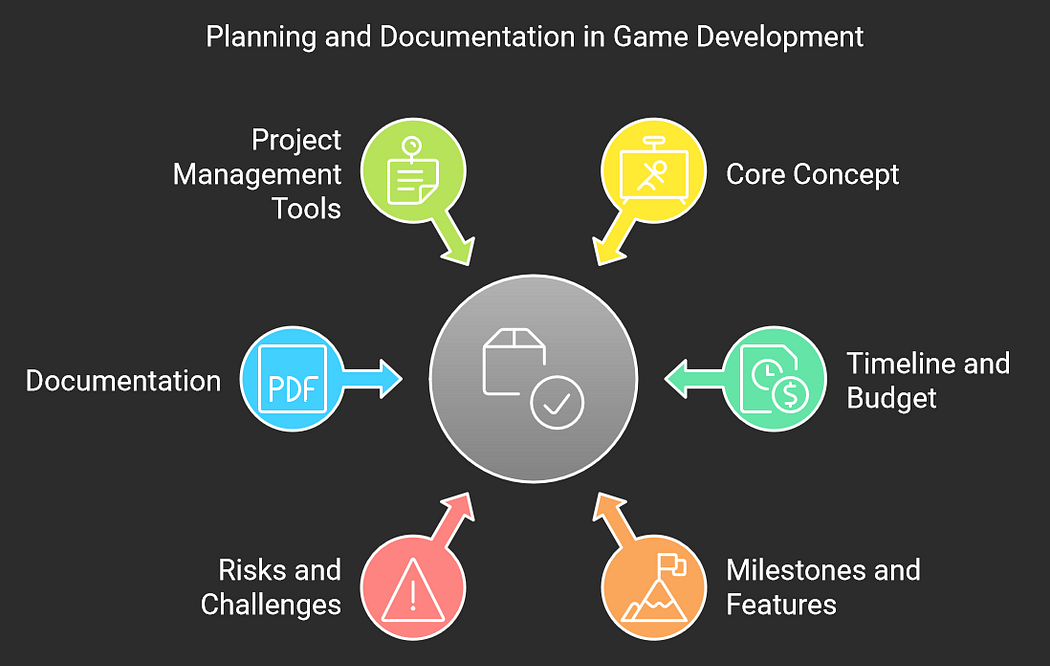
The Market Research Blindspot
Build It and They Will Come… Right?
Wrong! One of the biggest mistakes indie devs make is creating games in a vacuum ignoring market trends and player preferences. While passion is crucial so is understanding your potential audience.
Market Research Essentials
Analyze successful games in your genre
Identify gaps in the market you can fill
Engage with gaming communities to gauge interest
Study player demographics and preferences
Neglecting market research can lead to creating a game that struggles to find an audience no matter how well-crafted it might be.

The Playtesting Paradox
“But It Works on My Machine!”
You’ve spent months crafting your game. Every mechanic is finely tuned, every level meticulously designed. It’s perfect… or is it? Skipping thorough playtesting is a critical error that can sink your game faster than you can say “game over.”
Playtesting reveals issues you might never have considered:
Confusing user interfaces
Unintended difficulty spikes
Boring or repetitive sections
Technical issues on different hardware
Don’t wait until the end of development to start testing. Integrate playtesting throughout your development cycle to catch and fix issues early.
Playtesting Tips
Recruit diverse testers (not just friends and family)
Observe players without guiding them
Gather both qualitative and quantitative feedback
Be open to criticism and willing to make changes
Remember — a polished game with solid mechanics will always outshine a buggy mess with grand ambitions.
The Marketing Misstep
If a Game Launches in the Forest…
…and no one is around to play it does it make a sound? Many indie devs pour their heart and soul into creating a game only to neglect marketing entirely. In today’s crowded marketplace even great games can get lost without proper promotion.
Marketing Musts
Build a community early in development
Leverage social media to share progress and generate buzz
Create an eye-catching trailer and press kit
Reach out to streamers and gaming press
Consider participating in game showcases or conventions
Don’t wait until launch to start marketing. Build anticipation throughout development to create a ready audience for your game.
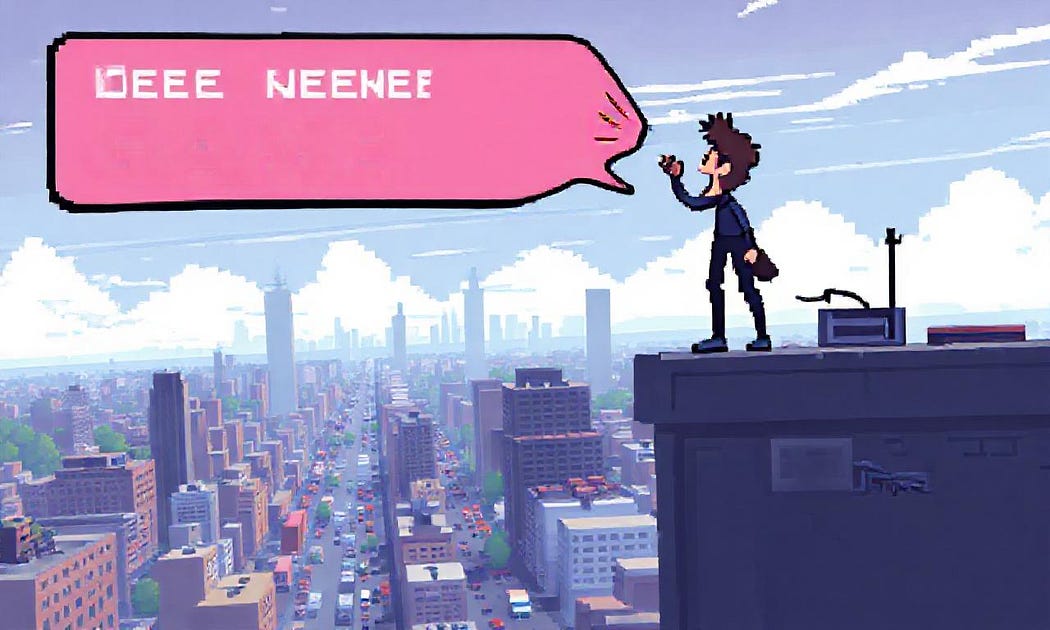
Financial Fumbles
Money Matters
Indie game development isn’t just about creativity — it’s also a business. Poor financial planning can doom even the most promising projects.
Common financial mistakes include:
Underestimating development costs
Failing to budget for marketing
Not accounting for post-launch support
Ignoring potential revenue streams (e.g. merchandising cross-platform releases)
Create a detailed budget that covers all aspects of development, launch and post-launch support. Consider exploring funding options like crowdfunding, publisher partnerships or grants if needed.
Budgeting Basics
List all potential expenses (software licenses, asset creation, marketing etc.)
Build in a buffer for unexpected costs
Research pricing strategies for your game
Plan for multiple revenue scenarios (best-case average and worst-case)
Effective financial management can mean the difference between a sustainable game dev career and a one-hit wonder (or worse a financial disaster).
Technical Troubles
Code Quality Conundrums
In the rush to bring your vision to life it’s easy to cut corners on technical implementation. However poor code quality and lack of optimization can lead to a host of issues:
Performance problems on lower-end devices
Difficulty in adding new features or fixing bugs
Increased development time as the project grows
Frustrating player experiences
Invest time in learning best practices for your chosen engine or framework. Consider bringing on an experienced programmer if technical aspects are outside your wheelhouse.
Technical Best Practices
Write clean well-documented code
Optimize early and often
Use version control (e.g. Git) from day one
Plan for scalability and future updates
Remember — a solid technical foundation makes everything else easier in the long run.
The Art of Balance
All Style No Substance (or Vice Versa)
Creating a visually stunning game with lackluster gameplay is just as problematic as an engaging game with poor graphics. Striking the right balance between aesthetics and mechanics is crucial.
Don’t let your artistic ambitions overshadow core gameplay or vice versa. Aim for a cohesive experience where visuals, audio and gameplay complement each other.
Balancing Tips
Prototype core mechanics before investing heavily in art
Use placeholder assets to test gameplay ideas
Ensure art style supports the game’s mood and genre
Don’t neglect sound design — it’s often overlooked but crucial for immersion
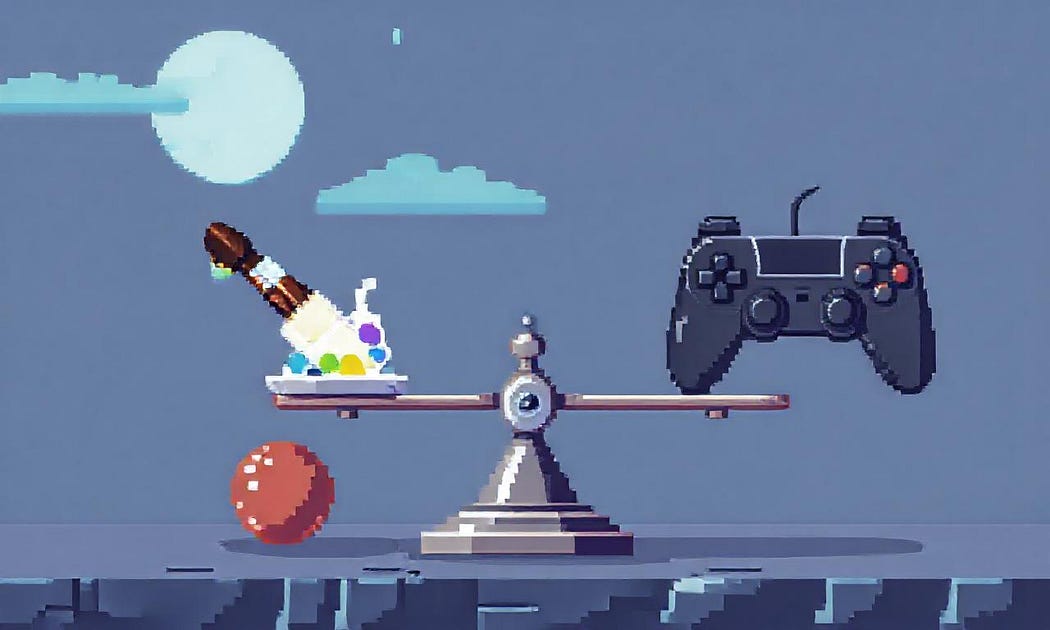
Learning from Failure
Embrace the Iterative Process
Here’s a secret — even the most successful indie devs have made plenty of mistakes along the way. The key is learning from those mistakes and using them to improve.
Take the case of “No Man’s Sky.” Initially launched to mixed reviews and controversy the developers at Hello Games didn’t give up. They listened to feedback iterated on their ideas and turned the game into a widely praised success story.
Failure as a Teacher
Analyze what went wrong in previous projects
Seek feedback from players and peers
Be willing to pivot or abandon ideas that aren’t working
Celebrate small victories along the way
Remember — every “failure” is an opportunity to learn and grow as a developer.
Further References
5 Solo Game Dev Mistakes You MUST Avoid (My Experience!)
Karlson a unity game made by Dani got BANNED! #shorts #unity #dani #indiegame
Why 96% Of Indie Games Make NO MONEY
Conclusion: Crafting Your Success Story
Creating an indie game is a challenging but rewarding endeavor. By avoiding common pitfalls and embracing best practices you can significantly increase your chances of success.
Key points to remember:
Start small and focus on polishing core gameplay
Plan thoroughly and manage scope carefully
Engage with your audience early and often
Don’t neglect marketing and business aspects
Learn from mistakes and keep iterating
The path of an indie developer isn’t easy but with perseverance, creativity and a willingness to learn you can turn your game development dreams into reality. So fire up that game engine, start planning and get ready to create something amazing! 🚀🎮
Subscribe to my newsletter
Read articles from Daniel Parente directly inside your inbox. Subscribe to the newsletter, and don't miss out.
Written by
